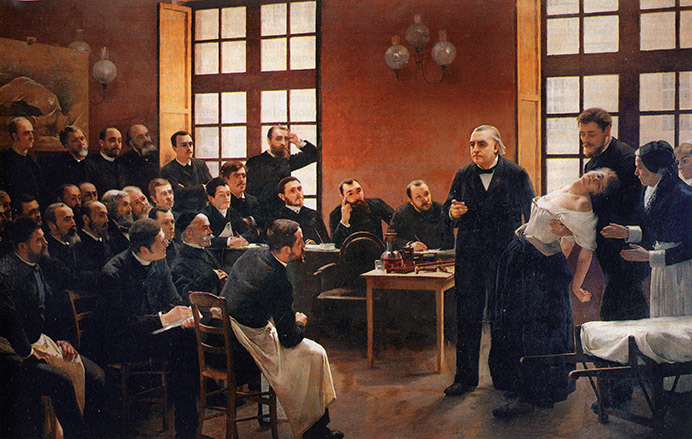Hypnosis has been around since humans first evolved.
Illustrations of hypnosis are shown throughout history. The vestal virgins of ancient Greece, the Oracle of Delphi, many royals of Europe were trained in hypnotism. Members of the clergy were, too.
Notably, the infamous manipulative villain Rasputin Russian peasant-turned-priest. Through hypnotism, he became the confidante of the tsarina and tsar of Russia.
Rasputin was killed by rival political parties who felt his power was too great. It took a box of poisoned chocolates, a bottle of poisoned wine, six stab wounds and shoving this seven-foot monster over a 200-foot cliff before he was finally dead.
One argument is that Jesus was a hypnotist. How else could he have fed the multitudes with five loaves of bread and some fish, if not by having everyone believe that they had consumed said food. (I do not believe he was a hypnotist.)
Returning to Roots
Sir James Braid, a British army surgeon, used hypnosis in the late 1700s to help with surgery and to aid in the healing of wounds received in battle. Hypnotized soldiers experienced much less pain, blood loss and infection. Mr. Braid is considered the father of modern hypnotism.
An1876 experiment was conducted with two persons. One was asked to go into a room and sleep. The other was asked to go into a room and he was hypnotized. One paragraph of a book was read to each — while sleeping and in hypnosis. When roused, the sleeper did not know he had been read to. The hypnotized person remembered what was quoted word for word. A great discovery, this demonstrated that when someone was asleep he was not open to hypnosis. The person hypnotized, appeared to be asleep but was more alert than he would have been in a waking state.
Hypnotism is not magic.
Anyone can create a hypnotic effect if shown how. The issue is not that anyone can hypnotize but what to do with a person when he or she is hypnotized.
It is crucial to know what to do and how to speak to a hypnotized person.
A Hypnotist’s Power
Suggestibility is a vital key for a hypnotist helping any walk-in client.
We all speak in a combination of two ways — direct and literal, and inferred or inference.
Direct: “No food or drink permitted in the store.”
Inference: “Thanks for leaving your food and drink outside.”
With the direct statement, there is no wiggle room. With the inferential statement, the person never told you to leave your food and drink outside. The statement thanked you for having done so. This makes you realize you should have done so.
Most of us take in information in both literally and with inference. One usually is dominant.
Whichever way you take in information, you speak out the opposite way. In other words if you take information in 65 percent literal and 35 percent inference, you will speak out 65 percent inference and 35 percent literal.
Suggestibility is important for the hypnotist.
If he is not aware of how you take in information, chances are the hypnosis will not work well.
We learn suggestibility from our primary caretaker, your mother or the nearest most dominant female.
I encourage any person in sales to ensure that his or her presentations are learned two different ways, literal and by inference. When meeting with the decision-maker, you will know quickly the best way to speak.
Hypnosis is effective in so many areas, but will not work unless you, as a client, are willing to allow the hypnosis to take effect. Once you do, be ready for rapid change.
Do not hesitate to contact me by telephone, 310.204.3321, or by email at nickpollak@hypnotherapy4you.net. See my website at www.hypnotherapy4you.net

